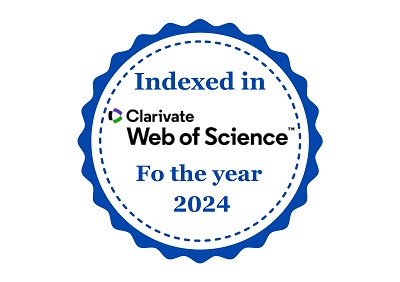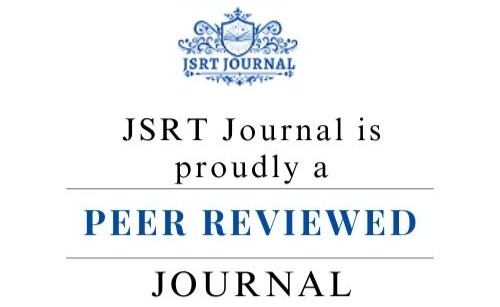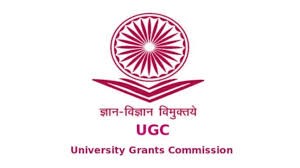Biomimicry - Architectural Implementation of Natures Designs
DOI:
https://doi.org/10.5281/zenodo.8327263Keywords:
Architecture, Biomimicry, Sustainable Building, Zero Waste SystemAbstract
In the pursuit of sustainable building design and technology, Biomimicry emerges as an alternative solution. The impetus drawn from nature acts as a driving factor in architecture, giving rise to magnificent architectural creations. Biomimicry embodies refined solutions developed by nature itself. When aiming for any sustainable building design, it becomes imperative to account for factors such as structural efficiency, water conservation, waste elimination systems, thermal harmony, and energy provision. Biomimicry is essentially a repository of solutions. It encompasses biological entities that have undergone meticulous refinement through the crucible of natural selection, spanning billions of years of research and development. These organisms encapsulate technologies, functionalities, and systems that serve as resolutions to the challenges of survival in the natural realm. Often, these challenges mirror the ones confronted by humanity as we strive to devise novel approaches to sustainable design and living. Remarkably, these natural entities have tackled similar issues with a remarkable economy of means. The objective of this document is to unveil the potential for achieving a radical enhancement in resource efficiency by seeking inspiration from nature. It delves into the application of Biomimicry within the current landscape of architectural design, yielding an array of design methodologies, tiers, and principles. Furthermore, this paper delves into the endeavors of architects who have been profoundly influenced by the natural world.











